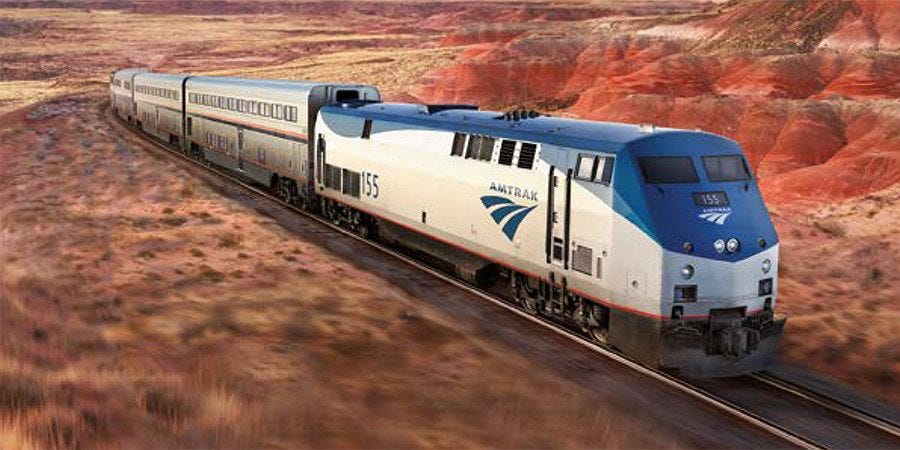We know mass transit in general, and train travel in particular, is good for us, both as individual travelers and as a nation.
While some of the nation’s railroad tracks have been turned to bike trails, there are still plenty of them around to transport large groups of us between cities and take a few cars off our clogged highways.
But sometimes, no matter how much butter or cheese sauce is heaped upon them, we still won’t eat our vegetables.
This is the real problem with efforts to boost passenger rail travel, particularly long distance travel between cities (light rail is a separate issue). As the New York Times reported earlier this month, the bipartisan infrastructure bill lumbering through Congress includes $66 billion in new funding for Amtrak.
Perhaps more importantly, the bill tweaks the public transportation agency’s legal mission, the Times reports. It would change Amtrak’s goal to “meet the intercity passenger rail needs of the United States” rather than achieving “a performance level sufficient to justify expending public money.” It would also add language that prioritizes service in rural areas in addition to urban ones.
Since it was founded by Congress as the nation’s passenger rail operator in 1971, Amtrak has been a black hole of government funding — a place money goes to disappear without many results. While quasi-commuter routes in the Northeast have been popular, long-distance service in the rest of the nation continues to sputter.
There are good reasons for that. Cars, trucks and SUVs have become much more comfortable for long-distance travel in the past 50 years. Cruise control and other safety features make it easier on drivers. Everything from cushier seats to in-vehicle entertainment systems make the time pass more quickly for passengers.
And most of all, with private vehicles people leave and arrive at destinations whenever they want, and arrive exactly where they want.
Amtrak can never achieve convenience like that, but it can provide an enjoyable, environmentally sustainable and (we hope) affordable alternative travel option. Rail advocates hope the latest funding infusion — the infrastructure bill money would be the largest investment in passenger rail since Amtrak began — can upgrade the passenger experience and expand the selection of routes.
The latter is the goal of All Aboard Washington (AAWA; https://www.aawa.us/), which has as its mission statement: “To promote rail as an integral part of Washington state's transportation solutions and as a means for connecting our urban and rural communities.”
To this end, AAWA has hosted a series of meetings this month promoting a new Amtrak route that would link Seattle, the Yakima Valley, Tri-Cities and Walla Walla, among other communities. Here’s a map of what they’re proposing:
When combined with the existing Amtrak Cascades route along the western portion of the state and the two Empire Builder routes linking Spokane to Seattle and Portland, a significant number of Washington’s major cities would be served by passenger rail.
An important and worthy goal … but the new routes won’t mean anything if we’re not willing to use them. Here’s hoping we get the chance to try.
• • •
On a personal level, I have a vested interest in the new Amtrak route … Cathy and I will soon be living in one of those cities.
Sometime within the next month (fingers crossed), we will be moving from Coeur d’Alene, Idaho, to Yakima, Wash., where I will begin my new job at the Yakima Herald-Republic newspaper.
Looking forward to our new home in the Evergreen State, and hopeful that one day, we can take passenger rail into Seattle and beyond.






I hope the plan works out. I've long wondered how it is that the Europeans, Japanese, and others have been able to make passenger rail transportation work for them while we have struggled with it.